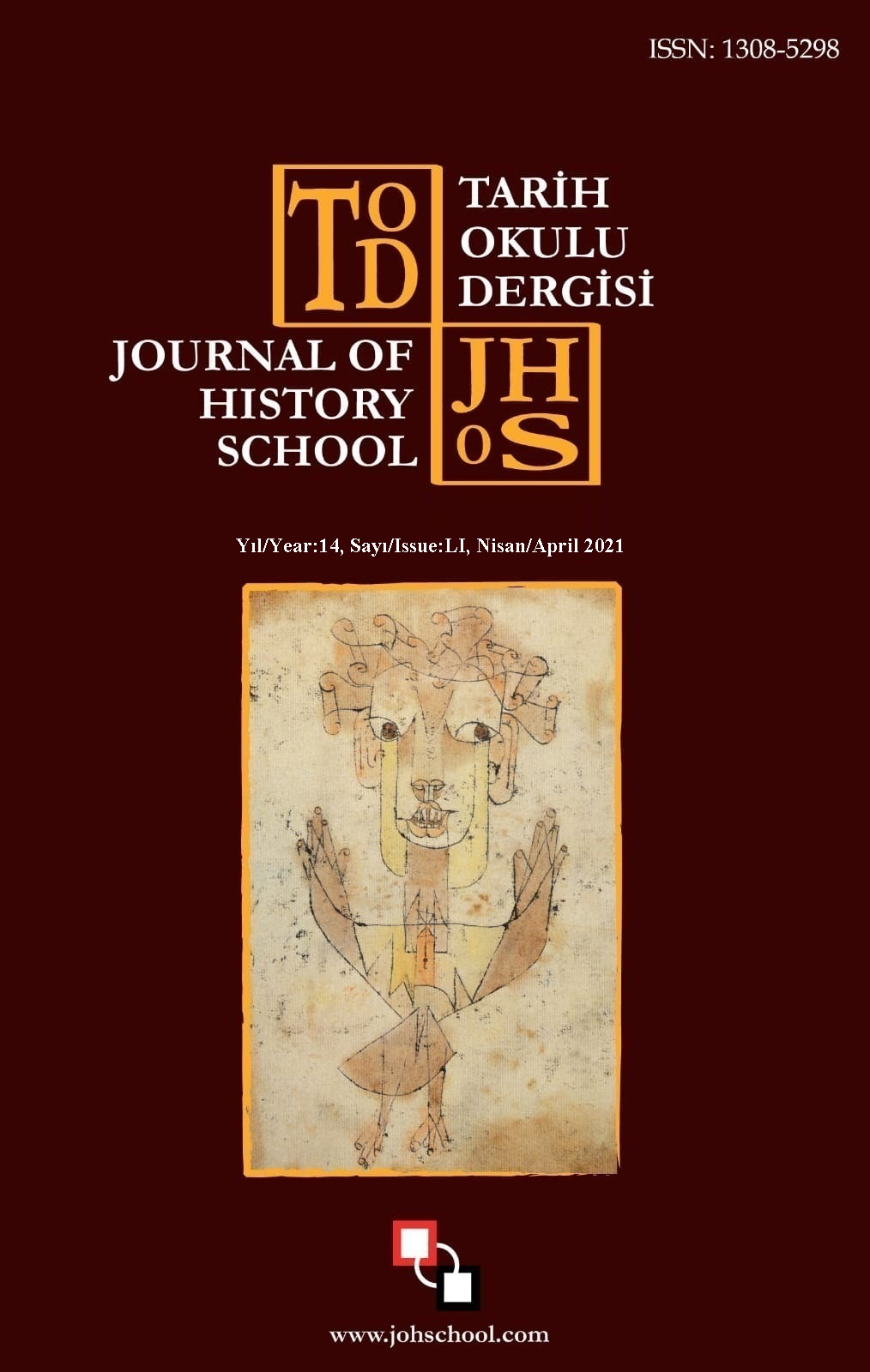Author :
Abstract
Sanat; kişinin problem çözme becerilerine katkı sağlayan, yaratıcılığını geliştiren ve ona kendini ifade etme imkânı sunan en önemli araçlardan biridir. İnsana ait değerlere ve kavramlara sanat nesneleri aracılığıyla somut bir ifade ve temsil ortamı hazırlar. Zengin ve estetiğe dayalı bir iletişim yelpazesini içinde barındırır. Psikoloji ise; algı, tutum, motivasyon gibi insana dair özellikleri inceler. Sanat, duygu, algı, yaratıcılık ve motivasyon gibi kavramlarını sanat nesneleri aracılığıyla dolaylı göstergelere dönüştürürken; psikoloji, bu kavramları ölçme araçları aracılıyla doğrudan bilimsel olarak inceler. Bu bakımdan her iki alan birbirleriyle yakın bir ilişki içindedir. Sanat ve psikoloji arasındaki karşılıklı ilişki, sanatı üretenler ile izleyenlerin sanat nesnelerine karşı gösterdikleri tutum ve anlamlandırma arayışının buluştuğu noktada daha da belirginlik kazanır. Burada; algı, motivasyon, yaratıcılık ve yetenek kavramları her iki disiplin içinde önemlidir. Her iki alanın buluştuğu ortak disiplin ise, sanat psikolojisidir. Bu disiplin, sanat özelinde psikoloji temelli kavramları içinde barındırır. Bunların en önemlilerinden birini ise, sanat motivasyonu kavramı oluşturmaktadır. Bu araştırmada, psikoloji temelli motivasyon kavramının kuramsal açıklamaları üzerinden, sanat motivasyonunun sanatçı ve sanat izleyicisi üzerindeki öneminin ortaya konulması amaçlanmıştır. Bu amaca ulaşmak için çalışmada literatür taraması yöntemi kullanılmıştır. Sanat ve psikoloji alanlarındaki ele alınan kuramsal çalışmalar aracılığıyla ulaşılan bilgiler çerçevesinde, sanat motivasyonun sanatı yaratanlar ile sanat izleyicileri üzerinde çok önemli rol oynadığı sonucuna ulaşılmıştır.
Keywords
Abstract
Art is one of the most important instruments that improves one's creativity, contributes to problem solving skills, and offers the opportunity to express oneself. It prepares an environment of concrete expression and representation for human values and concepts through its objects. It contains a rich and aesthetically based communication spectrum. As for psychology, it examines human characteristics such as perception, attitude, and motivation. While art transforms the concepts of sense, emotion, and motivation into indirect indicators through art objects; psychology examines the concepts scientifically directly through measurement tools. In this regard, both fields have a close relationship with each other. The mutual relationship between art and psychology becomes even more evident at the point where artists and art audiences show their attitudes towards art objects and the search for meaning. At this point, the concepts of perception, motivation, creativity, and talent become important for both disciplines. The mutual discipline where these two meet is the psychology of art. This discipline involves psychological concepts in terms of art. One of the most important concepts of the psychology of art is the art motivation. In this study, it was aimed to determine the importance of art motivation for artists and art audiences based on the theoretical explanations of psychological motivation. To achieve this goal, the literature review method was used in this study. Within the framework of the information obtained through theoretical studies in the fields of art and psychology, it has been concluded that art motivation has a crucial importance for the creators of art and art audiences.
Keywords
- Görsel 4. Yazar, Fotoğraf (2017), Denge Nesnesi, 173x48 cm.
- Görsel 5. Yazar, Fotoğraf (2013), Michelangelo, Musa Heykeli, San Pietro Bazilikası, Roma. EXTENDED ABSTRACT





